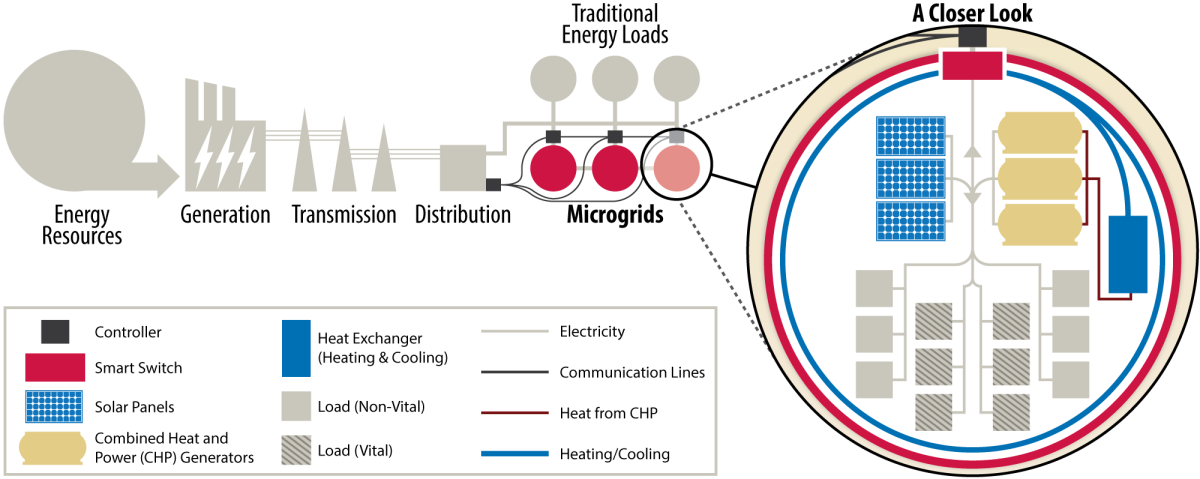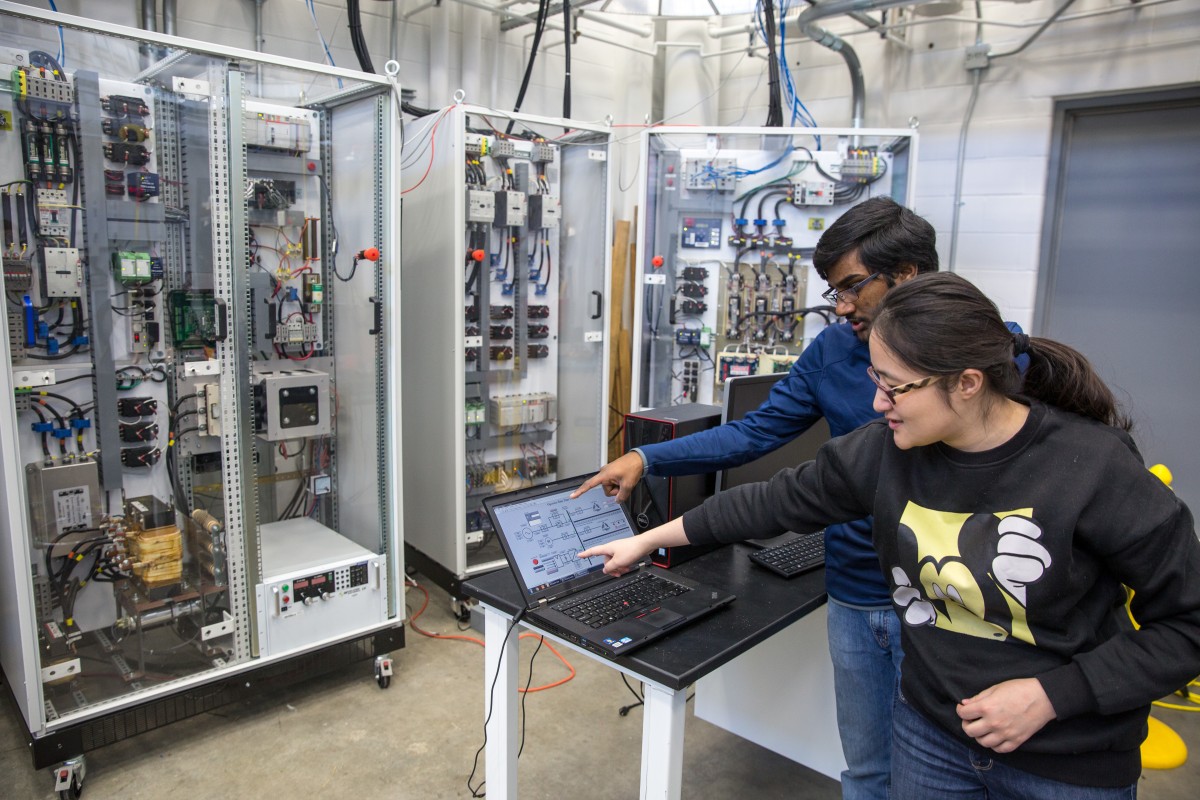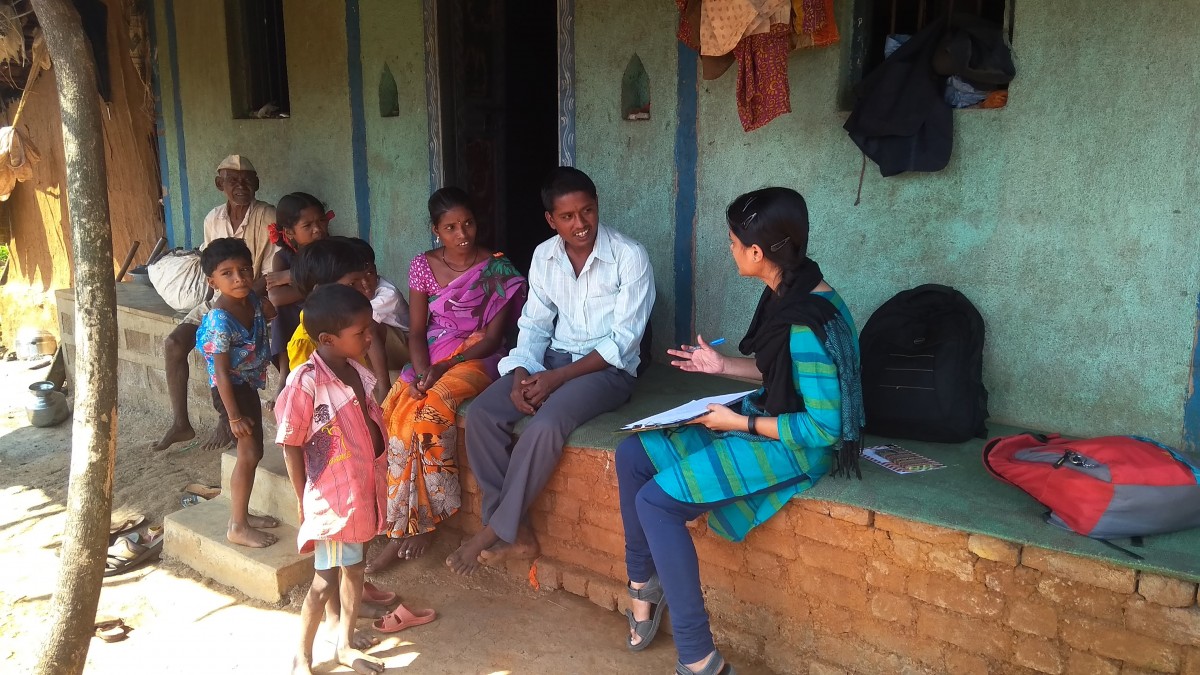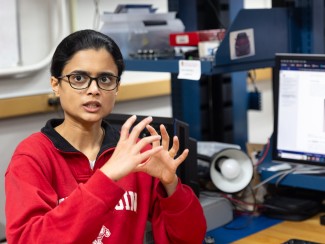
When Hurricane Sandy caused the power to go out in parts of New York City in 2012, the lights stayed on in one building on lower Fifth Avenue. The building—The Brevoort—was able to provide electricity, heat, and water to 1,500 people during the emergency thanks to microgrid technology developed in part at the University of Wisconsin–Madison.
Microgrids are small, self-contained electric power systems. They produce electricity on-site from distributed energy resources like small gas generators and solar panels, but can also connect and disconnect from the larger grid without interrupting the power supply.
Bob Lasseter, UW–Madison professor emeritus of electrical and computer engineering, coined the term “microgrid” in the early 2000s while pioneering early stages of its components. In Sandy’s aftermath, he published a paper with collaborators at Tecogen, the company that manufactured The Brevoort’s combined heat and power system, about how microgrids can provide real-world reliability benefits to customers.
Electricity is typically generated at large, centralized power plants and sent out to customers via power lines. But if part of the distribution infrastructure is knocked out by a storm, thousands of people can lose power. Microgrids, which do not depend on distant power plants to deliver electricity, can help solve this problem by allowing for increased efficiency, technological innovation, and lower startup costs. The added reliability benefits offered by microgrids make them an attractive option for businesses, hospitals, military bases, universities and other service providers that depend upon a continuous supply of electricity.
“You can buy backup generator systems that are incredibly expensive,” Lasseter says. “[But] a microgrid can do the same thing for less money, so in [instances with] really critical power [needs], I think it’s a no-brainer.”

A cleaner, more efficient grid
In addition to reliability, microgrids have two other key advantages: they are also cleaner and more efficient than the traditional grid.
Most microgrids use natural gas, which produces significantly fewer carbon emissions per unit of energy output compared to coal, according to the Energy Information Administration. “You could have a major impact on carbon” with a microgrid, Lasseter says.
Many are also incorporating completely carbon-free technologies such as solar energy. The Gordon Bubolz Nature Preserve in Appleton recently built a $3 million microgrid that includes two fields of solar panels, enough to power multiple buildings and still send excess electricity to the main grid under the right conditions, according to the Wisconsin State Journal.
The scale of microgrids also enables them to harness the efficiencies of combined heat and power systems. These systems use the heat generated from making electricity to heat the buildings they serve, remitting the need to burn more gas just for the purpose of heating or cooling.
“The traditional [utility-scale] generator will have 70 percent heat loss, even before the transmission loss,” Lasseter says. “But if [a small generator] is in the next room and can capture that heat and heat the building…[the system] can move from 30 percent efficient to 80 or 90 percent efficient. Those are big numbers.”
Since Lasseter started working on microgrids in the late 1990s, he says interest in the technology has steadily increased due to the trifecta of benefits—reliability, efficiency, and cleaner electricity—offered by the systems.
An accelerating technology
Combined heat and power systems typically use fossil fuels, but there are opportunities down the road to make them carbon-free by incorporating hydrogen fuel cells, says Tom Jahns, a UW–Madison professor of electrical and computer engineering. Other priorities are to increase the prevalence of solar and to improve the ability of multiple microgrids to work together to ensure electricity is delivered reliably.
Ongoing research at UW–Madison is addressing major grid integration challenges, such as how to incorporate large amounts of solar into the grid without causing large fluctuations in grid frequency and voltage. Jahns says such work is particularly important for enabling higher penetration of renewable energy into the existing grid.
Grid utility companies are responsible for keeping the grid frequency (60 hertz in the United States) and voltage (115 Volts for household outlets) as constant as possible under all operating conditions. Solar power systems have traditionally operated as “grid-following” electricity sources, meaning that they play no role in stabilizing grid frequency and voltage levels. Instead, the large utility generators – powered mainly by fossil fuels – handle the frequency and voltage stabilization.
But with more solar coming online and displacing these large-scale generators, there is growing recognition that solar needs to transition from grid-following to grid-forming source configurations that can take over grid frequency and voltage stabilization responsibilities.
“As the penetration of solar photovoltaics (PV) increases, the stability and dynamic performance of the grid can actually improve—if they are grid-forming,” Jahns says.
This matters because the electric grid is the largest machine on Earth and, in Jahns’ view, is so reliable and robust in most U.S. locations that we take it for granted. As solar and other renewable energy production increases, it’s critical that the transition to sustainable sources be implemented in a way that maintains and enhances grid stability, especially as external threats to reliable grid operation like cyber-attacks and intensifying severe weather become more serious.

Microgrids in the developing world
Microgrids have an advantage over traditional systems in developing areas because they don’t have to prove that they are better than existing infrastructure. Traditional, large-scale grids are expensive to build and maintain, putting them out of reach for regions with limited resources, especially those with low population density. Small-scale microgrids, however, are cheaper and easier to build, according to Giri Venkataramanan, a UW–Madison professor of electrical and computer engineering.
Venkataramanan began working on microgrids with Lasseter about 20 years ago. More recently, he has been developing a project to use microgrids to increase electricity reliability in rural areas, working with graduate students and collaborators in India.
“We all know that when you bring electricity access, economies grow. But there’s no incentive upfront to get there because the rewards are not there for the governments [when] there’s sparse populations,” he says. “That’s where we’re coming in and saying we can develop really small-scale grids at the subsistence level that don’t cost a lot of money.”
Maintenance needs can pose a barrier to microgrid success in places with less infrastructure. Traditional rural electrification initiatives run by NGOs will often fall apart a year or two after the organization leaves because there’s no one to take care of the system. Venkataramanan’s group is hoping to solve this challenge by training local women to operate microgrids in a cooperative, with the goal of economically empowering women through technical and business skills. To further reduce maintenance and operation difficulties, Venkataramanan’s team can also remotely operate and monitor microgrids from UW–Madison labs.

Microgrids can help the entire world
Microgrids are just one of many solutions that could make a serious difference in abating and adapting to the threats of climate change, and UW–Madison researchers are working to develop new ways to improve electric power systems for the benefit of communities around the world.
“Whether you’re talking about parts of the world that already have very well-established electric grids, or developing parts of the world that have no electricity, the concept of microgrids is highly potent in terms of its potential to deliver substantial benefits,” Jahns says.
In more developed areas, the most notable benefit of microgrids is the increased reliability they can bring and the accelerated transition to sustainable sources. In developing areas, it’s the lower building cost. No matter the location, the benefit of integrating renewable energy into the grid provides an advantage over current systems alone.
“Our infrastructure is going to be exposed to extreme weather events, and from a risk management perspective, we have to assume something will fall apart. We want to be prepared,” Venkataramanan says. “We can’t go back to the days of homesteading, and we want to have a prepared solution that’s 21st century.”





